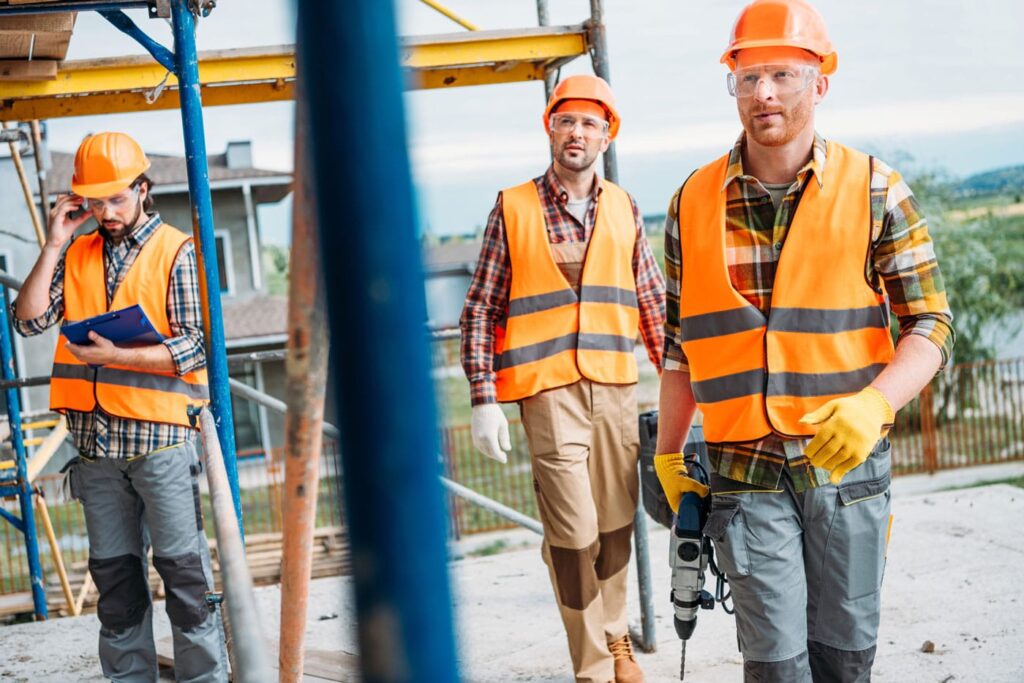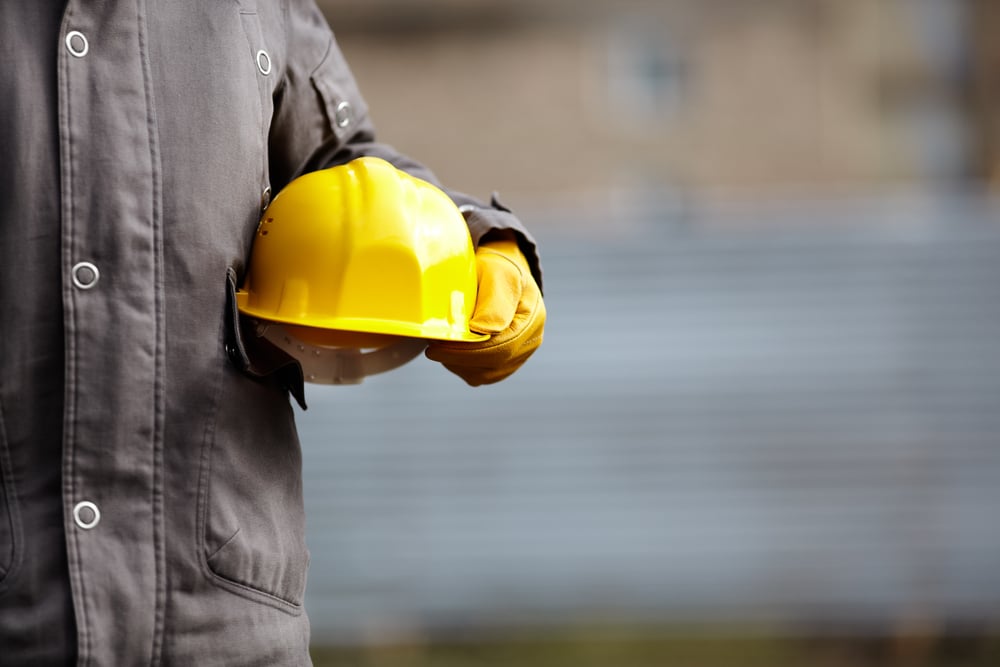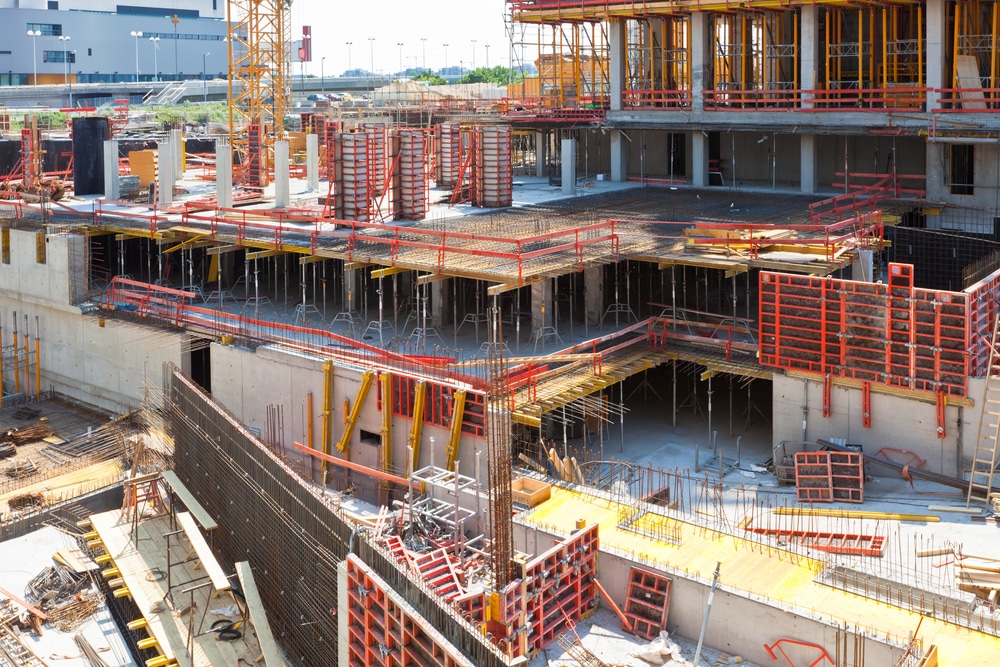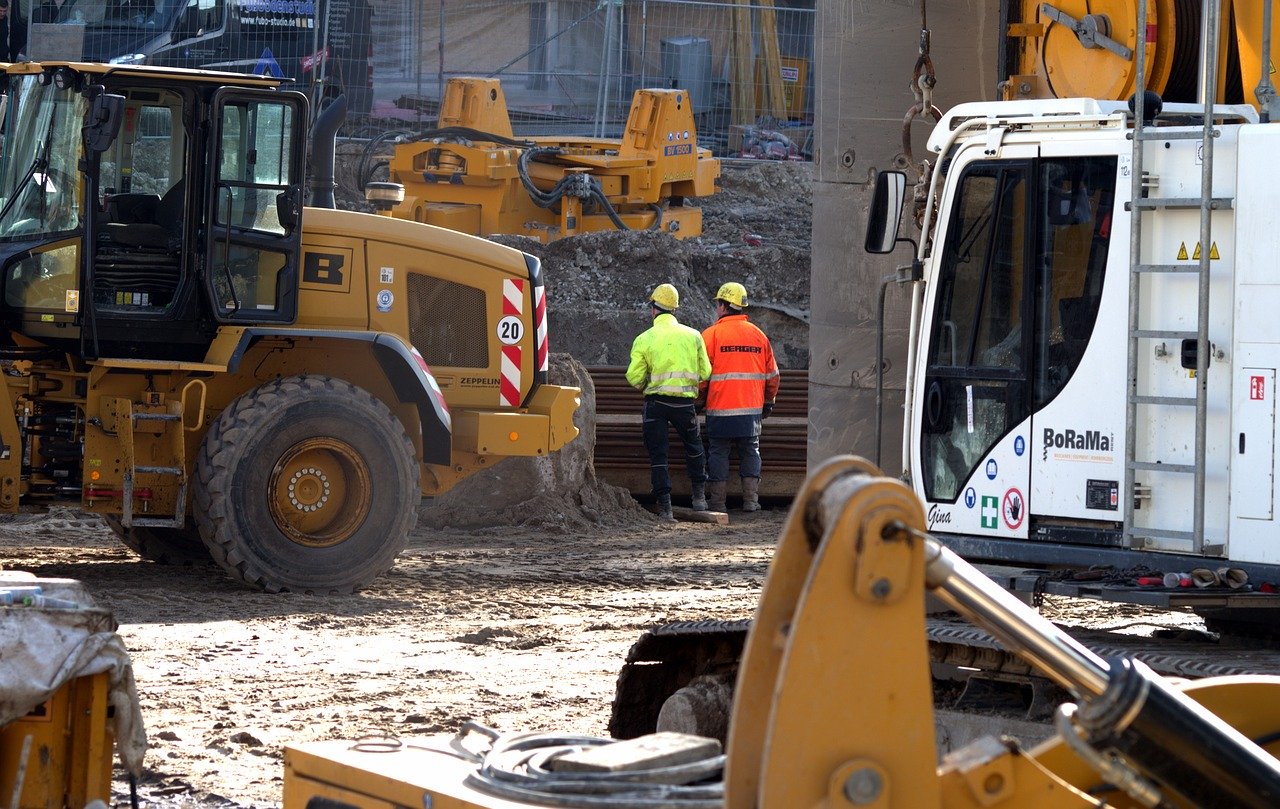OSHA was formed in 1970 by the United States Congress with the goal of creating safer environments for workers. OSHA stands for the Occupational Safety and Health Administration. The organization sets and maintains regulations and funds services for training and guidance to employees and companies.
Why does the construction industry need OSHA?
Construction, building, electrical, and other industrial jobs are some of the most dangerous occupations for employees. Nearly 5,200 workers weae injured or killed on the job in 2016 alone – 3.6% of the workforce. To understand the importance of the OSHA regulations you must consider the mortality rate before this agency was created. In 1970, there were over 14,000 fatalities among construction workers. Before OSHA, 11% of construction laborers became seriously ill or injured due to working conditions while this amounts to less than 4% today.
What are the main standards for general welfare in the workplace?
OSHA requires all employees exposed to certain working environments to be trained in the safety procedures for that job site. This includes but is not limited to required protective gear, a safety or evacuation plan, accident prevention techniques, the signs and labels for uniquely hazardous conditions, and health care. Immediate response strategies for exposure to toxins through either inhalation or the skin and basic first aid is also required to be instructed. In situations where flammable materials or gases are potentially present, a basic understanding of fire safety and responses are also required.
What are the OSHA regulations for the construction industry?
Basic protective gear
Employers are required to provide or to compensate all necessary protective equipment. This equipment will be owned by each individual employee though paid for and inspected by the company. This does not extend to specialty or preferential equipment such as enhanced design, prescription, or comfort. Employers do not have to reimburse for previously owned gear or for items that could be reasonably thought to be used off the worksite.
Hand and power tools
When available, any power-operated tool must have a guard or guards required by OSHA standards. The minimum standard is a point of operation guard, which provides a protective barrier between the worker and the active or “operational point” of the machinery. While additional hand tools are recommended to assist in placing and retrieving material from the machinery, these may not be used as a substitute to point of operation guards. The following are examples of tools or machines that generally require adequate guarding in order to meet the safety regulations – alligator shears, milling machines, portable power tools, power saws, nail guns, guillotine cutters, grinders, and any tool with an exposed blade.
Read also: 95% of contractors have trouble finding skilled workers
In addition, basic hand tools such as powered sanders, disc sanders, belt sanders, grinders, saber saws, power saws, drills, and similar equipment must have an instant power off button that is sensitive to light touch. This is to avoid accidents and to allow a safer work environment for the employee and their coworkers.
For chainsaws, circular saws, and other high-powered tools that only have a limited hand control capability, there must be a constant pressure release capability. This is in case an occasion occurs in which the worker is incapacitated for any reason (heart attack, stroke, fainting, falling, distraction, panic attack, or other such events.)
Protective eyewear
When budgeting for a new construction project, companies are required to include the cost of providing and maintaining protective gear to all workers on the site. This includes eye protection that is capable of blocking flying debris, sparks, dust, chemical dust, acids, molten metals, and other potential hazards. If an employee wears corrective lenses, they must be provided with eye protection that incorporates their prescription eyewear. In addition, this gear must be durable, sterile, easy to clean and transport, and properly labeled. Different levels of standards apply for welders, electricians, and other specialties.
Confined spaces
Any space that can reasonably fit a worker but has limited entrance/exit and is not meant to be occupied for an extended period is considered a confined space. A confined space must have a permit if it has structural, material or biochemical aspects that could be considered hazardous. Any person entering such a space must have proper training, immediate access to protective materials, and a readily available rescue plan. It is illegal for an employer to ask a worker to enter a confined area without a signed permit stating that they have complied with the minimum standards.
Concrete and masonry
During the construction of a building, a structural engineer must give prior authorization for the maximum load amount allowed on any concrete structure. Extreme safety precautions must be taken when working with tension, loads, and elevated platforms. Any exposed wire, pole, reinforcing steel or similar that poses a risk of impalement must be covered properly and labeled with a cautionary sign. At no time shall a worker ride on, or be underneath a concrete slab or bucket in transport.
At all stages of concrete development, including sand, water, and cement mixing as well as drilling and destruction, all employees must have regulation approved eye, face, and head protection such as hard hats.
When transporting and placing a pre-built concrete slab intended for the tilting method, the lifting inserts must be able to bear double the intended force or weight. For precast walls that are designed for alternative construction methods, the load-bearing capacity needs to be a minimum of four times the intended force.
What does OSHA say about workplace injury or accident?
One of the most important sets of regulatory standards set by OSHA is regarding procedure, protocol, and reporting in case the accident prevention methods fail to guard against injury. Often times in construction work, the job site lacks facilities with readily available medical personnel or hygienic equipment. Regardless, the minimum standard for any job site is at least one person who is sufficiently knowledgeable in first aid and emergency medicine, as well as a fully stocked medical aid kit that is equipped with industry-specific supplies. If acidic, toxic, or corrosive materials or gases are being used or transported, a regulation scale apparatus for immediate rinsing of the body as well as the eyes is necessary.
What are OSHA’s requirements surrounding serious incident reporting?
If an employee of any industry is killed at a job site while on duty at work, OSHA must be contacted within eight hours by an appropriate person within the company of employment. A report must be submitted to OSHA within 24 hours after a non-fatal casualty (accident resulting in serious injury) such as inpatient hospital care, amputation or loss of limb or loss of an eye or eyesight. By reporting, the company or employer is not accepting fault, negligence of regulatory standards or any other form of legal responsibility. Reporting is important for statistical reasons, for company safety evaluations, and to provide resources, information, and assistance to an injured worker.
Find here: The 7 samurais of construction
If illness, injury or fatality occurs while an employee is on a job site as a civilian and not as a worker, then mandatory reporting is not applicable. Incidents that were the outcome of non-work related tasks, ingestion of personal food, pre-existing mental conditions or substance use related accidents are not considered work-related.
However, if a reported pre-existing medical condition is intensified to the point of hospitalization, loss of consciousness, loss of work due to injury or death, then the incident must be reported and is considered to be work-related.
Is there more information about OSHA and regulations available?
This guide contains only some of the basic rules and regulations enforced by OSHA, with a focus on construction industry standards. There is much more to learn about the agency as a whole, about various occupations and regarding specialties in the construction sector. As an employee, you will have brief mandatory safety training provided and regulated by the Occupational Safety and Health Administration. In addition, general laws, safety, and rights of employees must be posted in an easily visible and generally accessible employee area. A copy may be found here. For additional information, safety standards or to report a complaint or injury, please click here.
About the author: Mark Daniels is Outreach Relations Manager at Texas America Safety Company.






